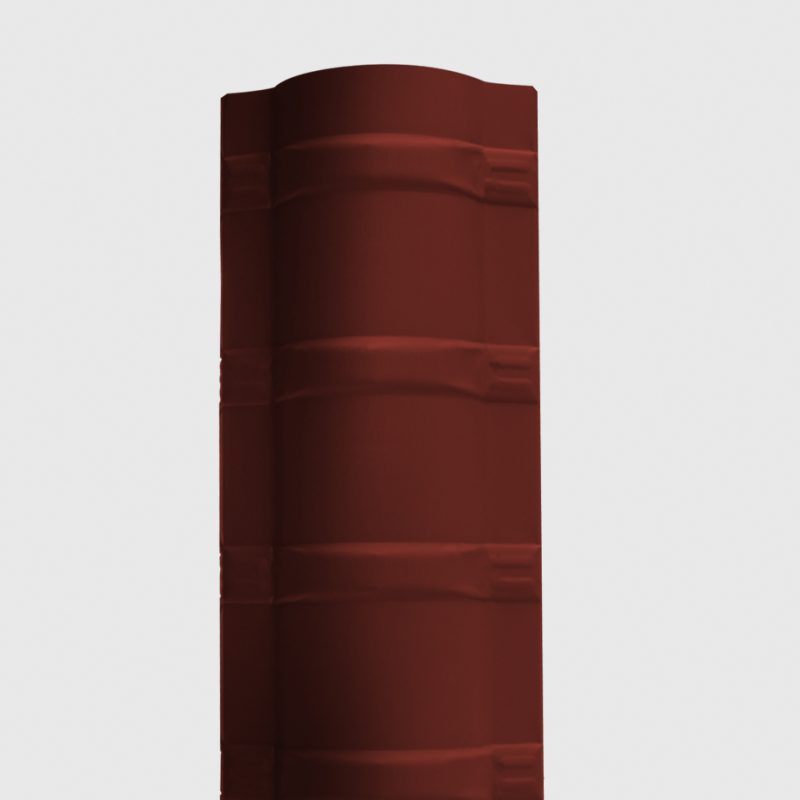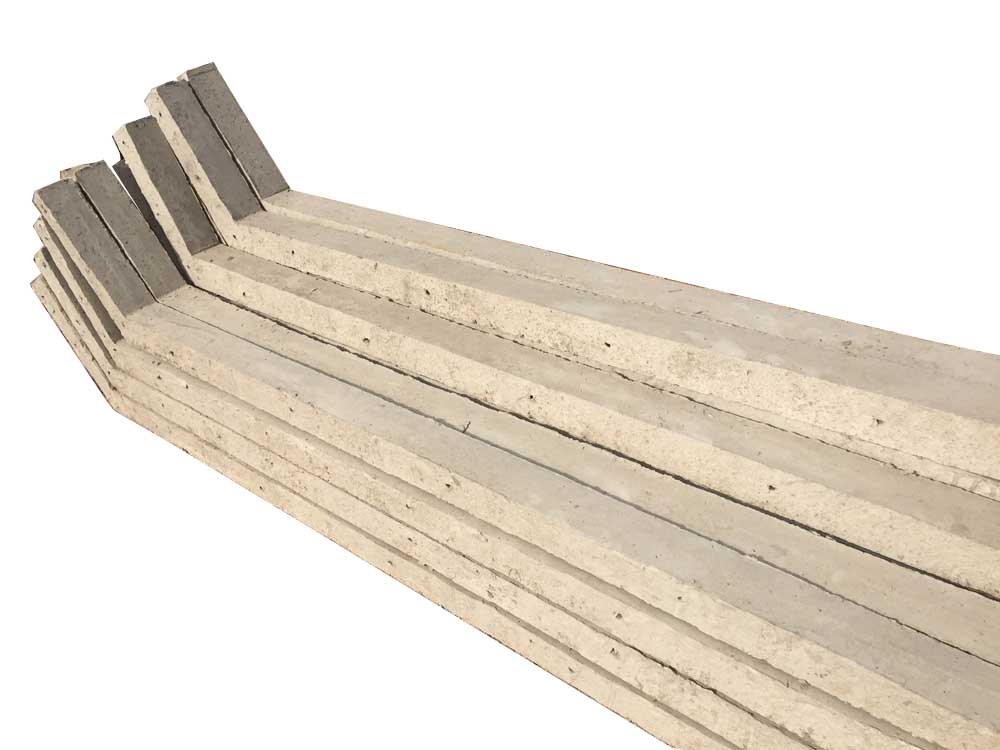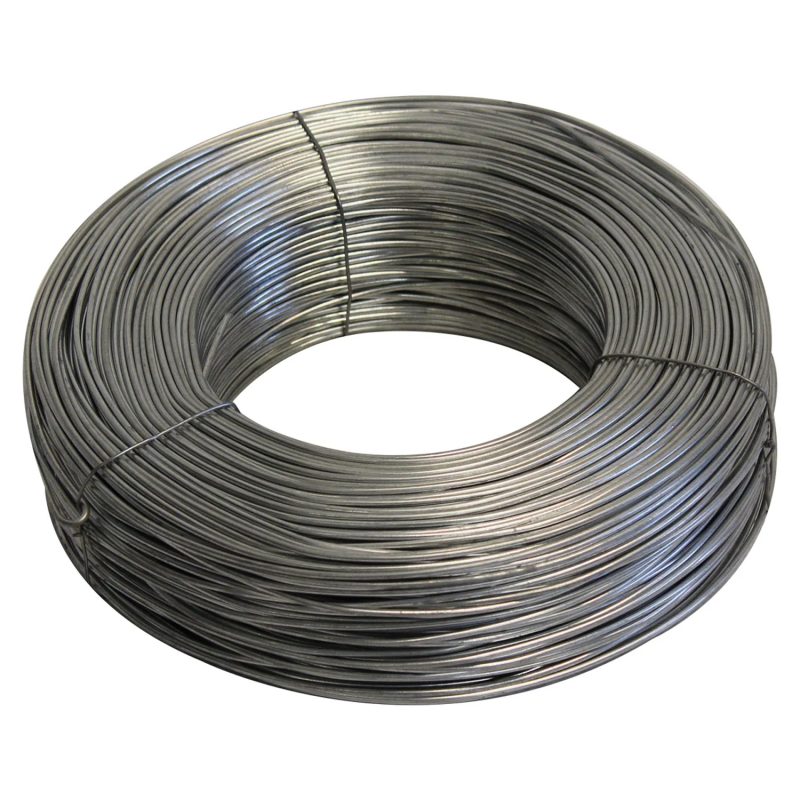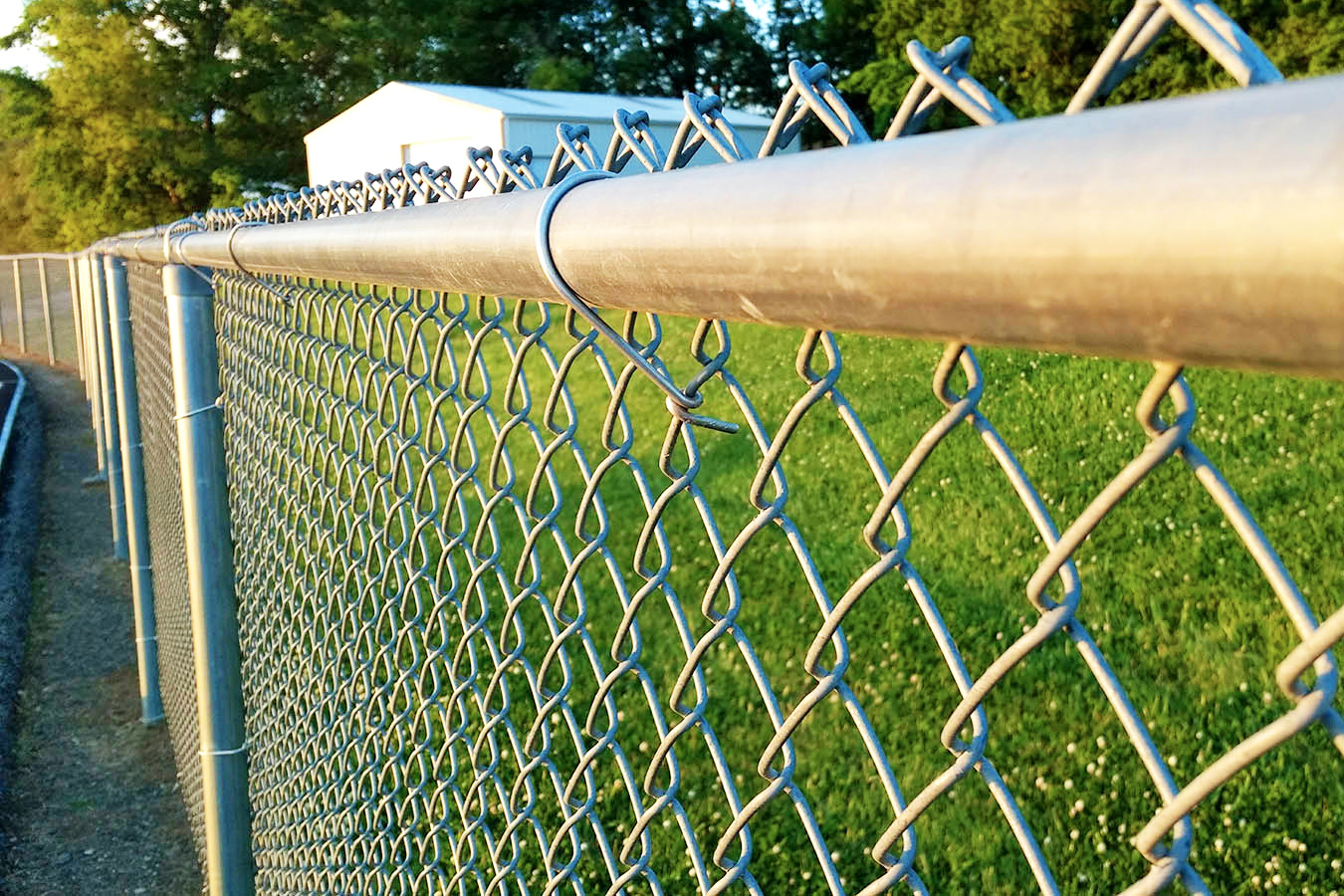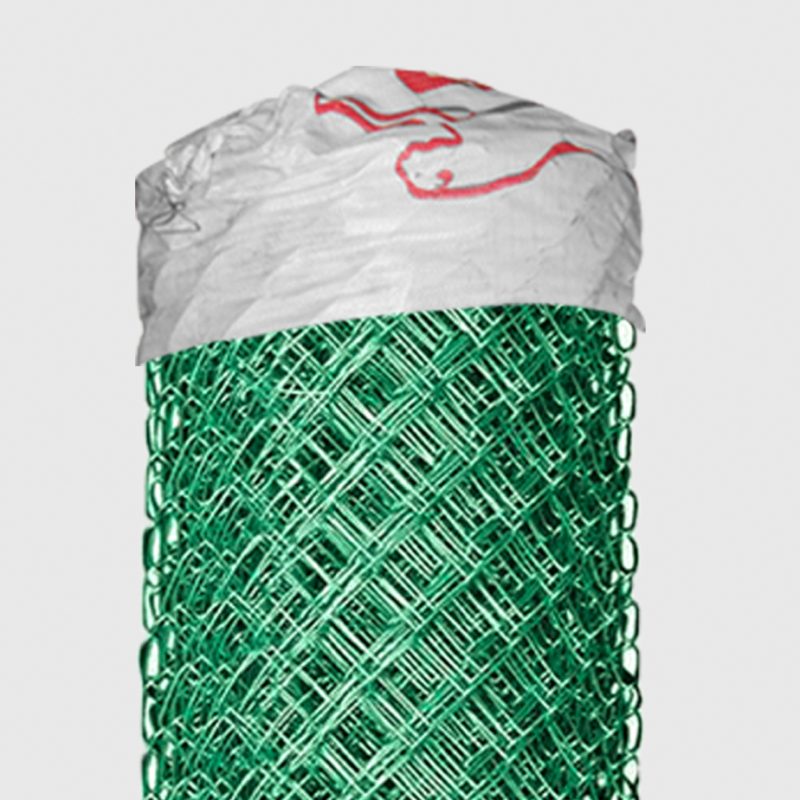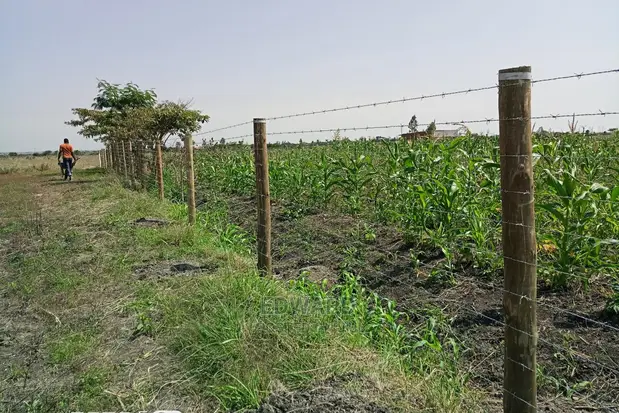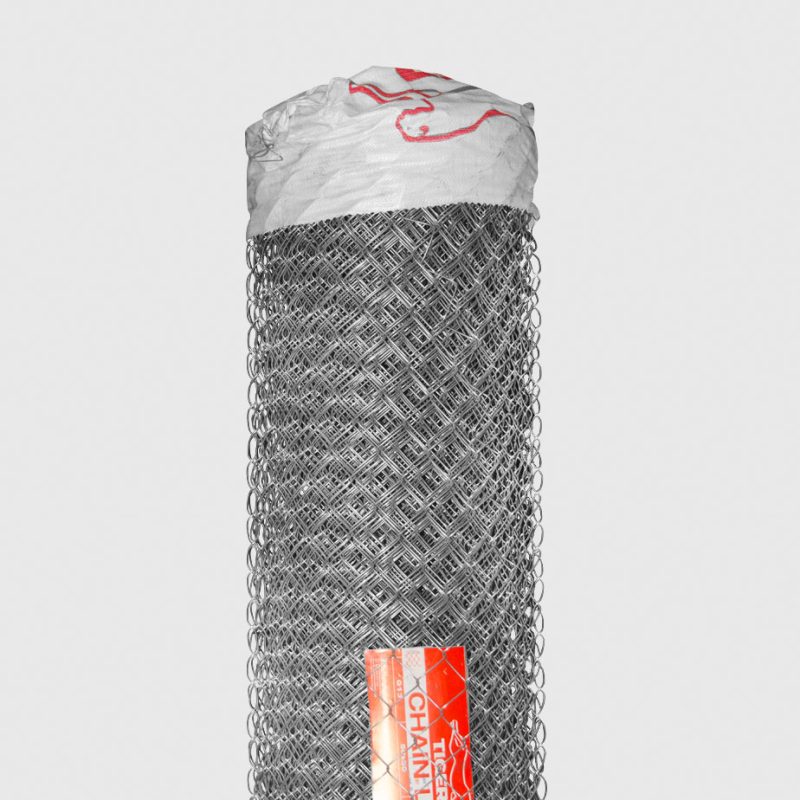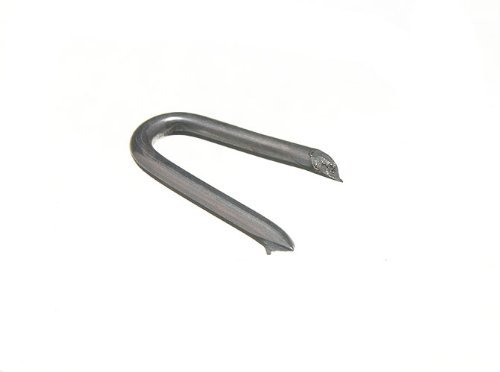Chain link fences are made from galvanised or green PVC coated steel wire, woven into a zig zag pattern to create the familiar and popular diamond shaped fence. This type of fence is available commonly in heights varying between three and twelve feet.
The reason chain link fencing is so popular is mostly due to its relative low cost and the ease of which it can be installed. A handy person could install a chain-link fence themselves without too much trouble using a how-to guide, and without needing to hire a professional fencer. Usually concrete and angle iron are the posts used with chain link, but timber posts can be used too, if preferred. It also, being a transparent style of fence, does not block out sunlight, and the open style makes it ideal for particularly windy and exposed areas.
Chain link is a very versatile fence in its function; it is frequently used for security, animal enclosures, gardens, sporting grounds and much more!
Types of Chain Link Fencing
Either galvanised or plastic coated, green is stocked but others are available. The majority of chain link has a 50mm mesh size but others are available with 45mm used commonly for tennis courts.
It is sold by its height of the link and the diameter of the wire:
Galvanised: Normally 2.5mm or 3mm
Plastic coated: Measured in the diameter of the outer and the inner core. Normally 2.5/1.7mm or 3.15/2.24mm
AVS stock the above in varying heights from 900mm to 1800mm in 25m rolls, others are available as specials. Each roll comes complete with the required amount of line wire.
ACCESSORIES


PVC Coated Chainlink
UGX 134,200 – UGX 662,400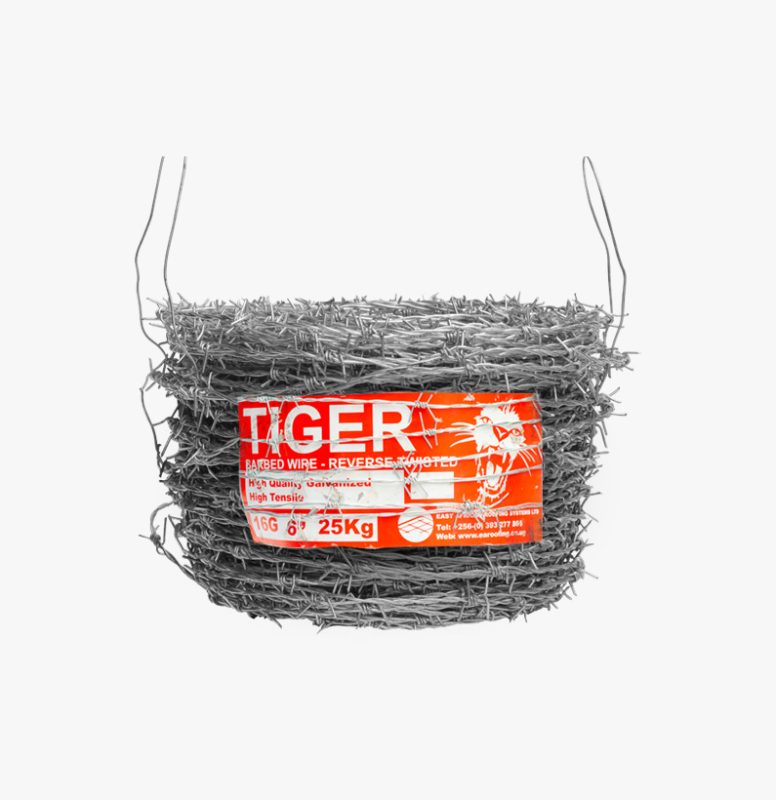
Tiger Barbed Wire
UGX 101,900 – UGX 127,000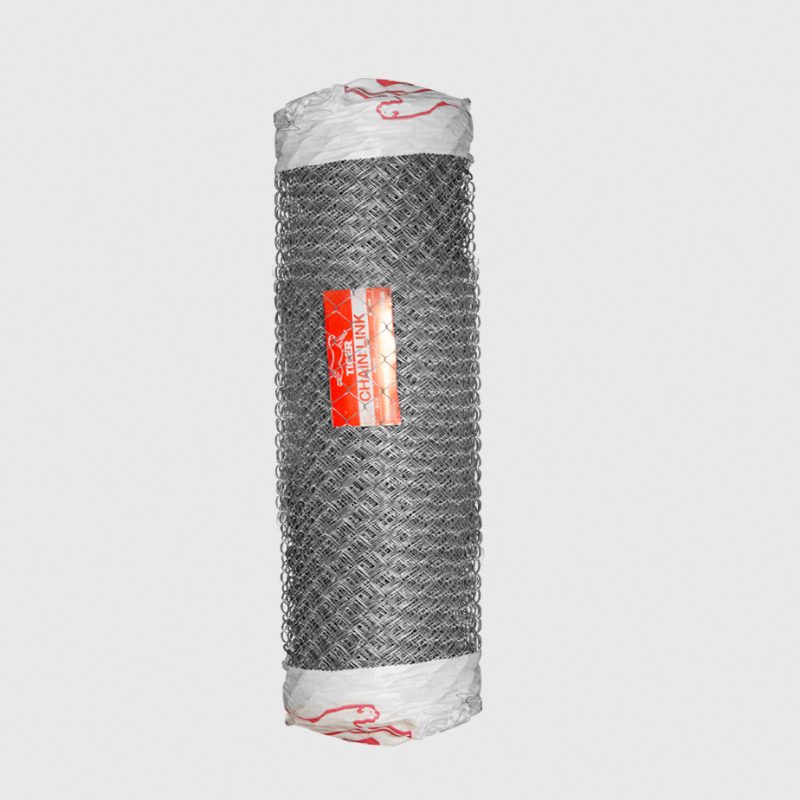
Tiger Chainlink
UGX 96,700 – UGX 502,200
U Shaped Nails
UGX 108,500 – UGX 212,000Chain Link on Angle Iron
Durable, light weight and concreting of the intermediates is optional, as they can be driven into the ground, therefore a quicker and easier fence to erect.
Painted angle iron posts are often supplied with a single coat only, therefore unless recoated will rust almost immediately. To prevent rusting the posts should be given an additional paint finish, prior to the chain link being fitted.
Fittings and struts come complete with all straining post, usually all the fittings are fitted onto the posts with the strut loose.
Chain Link on Timber
A light weight and low cost option but not often used, only really suitable for a lighter weight chainlink; timber would have to be cut and drilled to suit, as not stocked, for strainers, with the option of machine rounded for inters driven in. The line wires can be stapled on evenly spaced between top and bottom edge of the fencing.
Chain Link on Concrete
Concrete posts probably make the longest lasting fence, they are reasonably heavy and unlike angle iron posts have to be dug and concreted into the ground fully.

